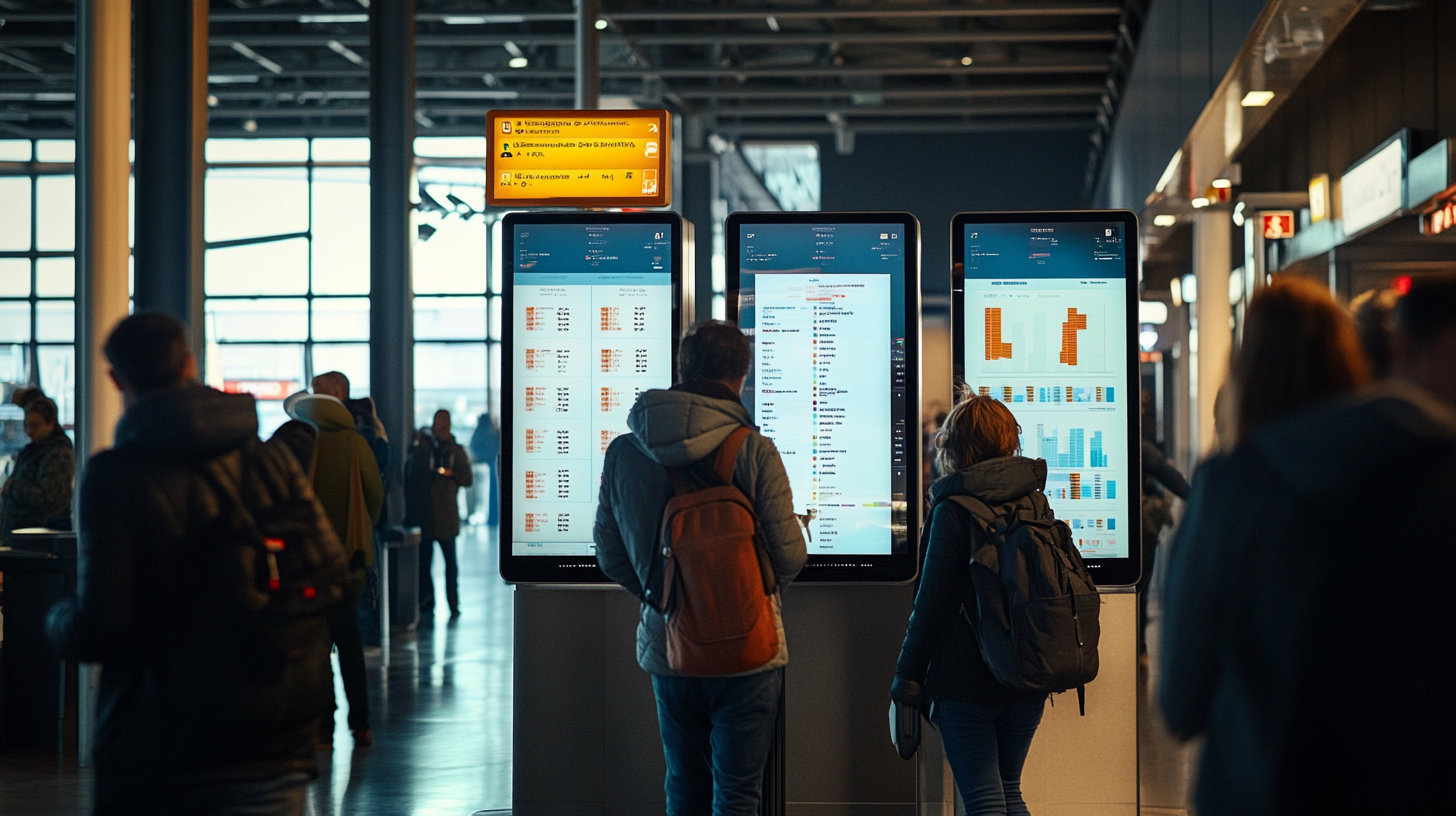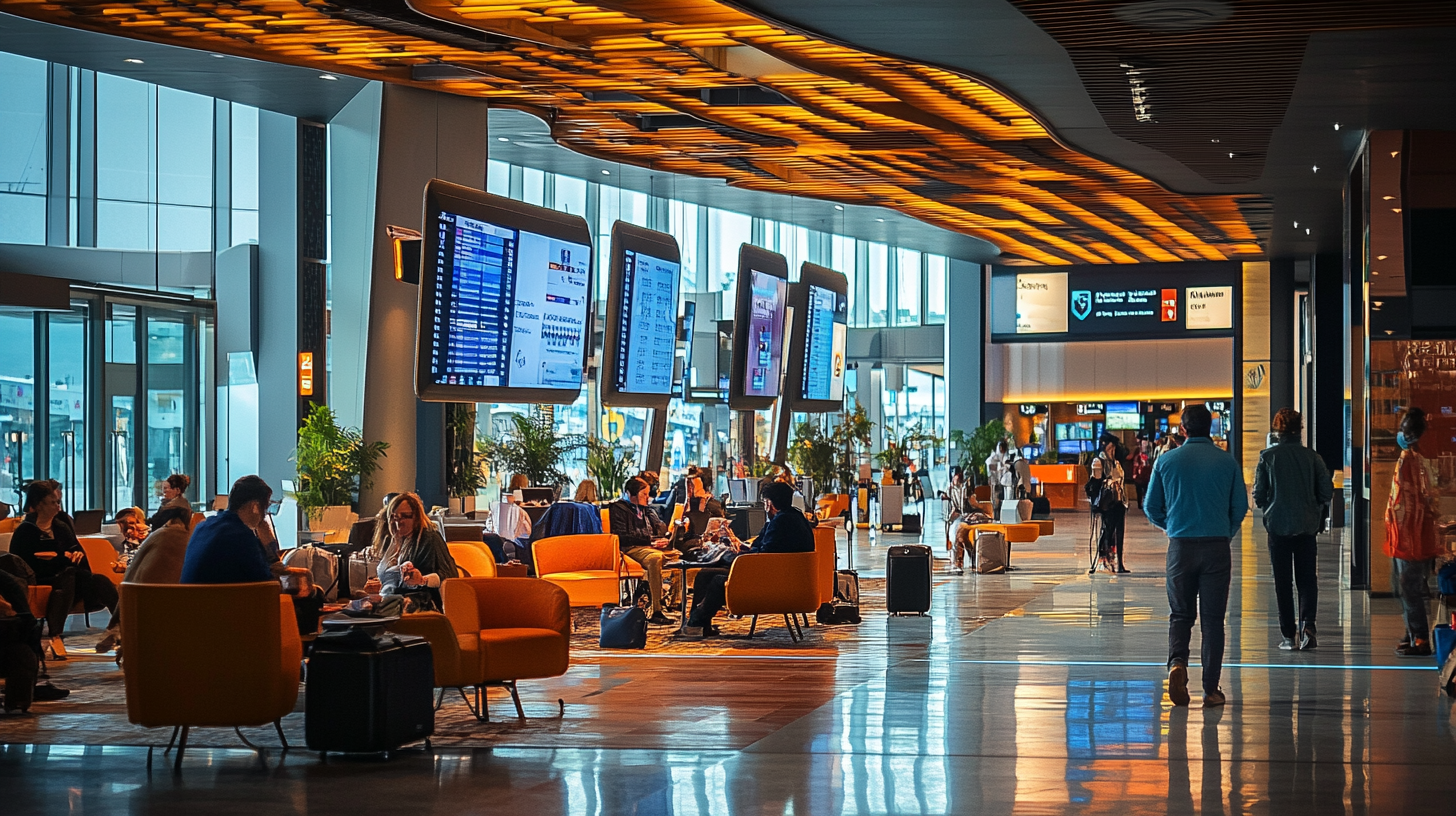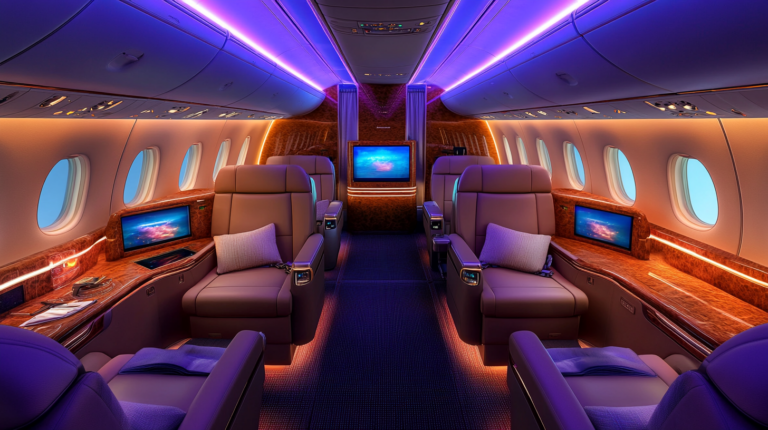Dynamic Award Pricing: What You Need to Know
Imagine you’ve been diligently saving up your frequent flyer miles for that dream vacation, only to find that the mileage cost for your desired flight has skyrocketed overnight. This scenario has become increasingly common as airlines adopt dynamic award pricing models. In the ever-evolving world of air travel, airlines are constantly adapting their strategies to maximize profits and meet consumer demand. One of the most significant shifts in recent years is this move towards dynamic award pricing. This change has left many travelers scratching their heads, wondering how to get the most value out of their hard-earned miles and points. Understanding the intricacies of frequent flyer programs is more crucial than ever Mastering Frequent Flyer Programs in the Dynamic Pricing Era . In this article, we’ll delve into what dynamic award pricing means for you and how you can navigate this new landscape to score those elusive saver awards.
Understanding Dynamic Award Pricing

Dynamic award pricing is a model where the number of miles or points required for an award ticket fluctuates based on factors such as cash fares, demand, and timing. This approach mirrors the way airlines price cash tickets, adapting to the ebb and flow of market conditions Evaluating Award Ticket Demand and Pricing Strategies . Unlike traditional fixed award charts, which offer predictable costs for award tickets, dynamic pricing ties the redemption cost more closely to the current market value of a flight.
Suppose you’re looking to book a flight from New York to Los Angeles. Under dynamic pricing, if demand for that route increases due to a popular event or holiday season, the miles required to book the award ticket may surge alongside cash prices. Conversely, if the flight has many unsold seats, the airline may reduce the mileage cost to entice award bookings. This means that during peak travel times or for high-demand routes, you might find that the miles required for an award ticket increase significantly. Conversely, during off-peak times or sales, the miles required might decrease, potentially offering better value.
The Shift from Fixed Award Charts to Dynamic Pricing

Historically, airlines used fixed award charts that provided stable and predictable mile costs for award tickets. For example, it might have cost 25,000 miles for a domestic round-trip ticket, regardless of when or where you were flying within the U.S. This predictability allowed travelers to plan and save their miles accordingly.
However, U.S. legacy airlines like Delta, United, and more recently, American Airlines, have transitioned to dynamic award pricing models. This shift allows airlines to adjust award ticket prices based on demand and other factors, much like how cash fares fluctuate. Airlines argue that this model enables them to better manage seat inventory and respond to market dynamics Airline Revenue Management Strategies .
While this model offers airlines greater flexibility and the potential to increase revenue, it has significant implications for travelers. The removal of fixed award charts reduces transparency, making it harder for passengers to anticipate how many miles they’ll need for a particular flight. This uncertainty can lead to frustration and makes strategic planning more challenging for frequent flyers.
How Dynamic Pricing Affects Your Miles and Points

The introduction of dynamic pricing has made points and miles redemptions more unpredictable and often more expensive. With no fixed rates, the miles required for flights can vary dramatically. For instance, a Delta business class flight to Europe could cost over 300,000 miles during peak periods, a stark increase from traditional saver award rates. This dramatic fluctuation can leave frequent flyers feeling that their miles are worth less than before.
Moreover, the lack of transparency in award pricing means travelers can no longer anticipate how many miles they’ll need for future trips, making it challenging to plan ahead Adapting to Mileage Devaluation in Dynamic Pricing Models . Travelers may find that the value of their accrued miles diminishes, especially when trying to book popular routes during high-demand times.
The Impact on Airline Loyalty Programs

Loyalty programs have been significantly affected by the shift to dynamic pricing. For example, Virgin Atlantic Flying Club introduced dynamic award pricing, allowing members to redeem points for any seat on Virgin Atlantic flights. While this offers greater flexibility, it also means there’s no guarantee of finding saver award seats at lower point levels. On the positive side, some points requirements are lower, and fees have been reduced significantly, providing potential value for savvy flyers. For instance, the reduced surcharges can make certain routes more accessible Maximizing Value in Virgin Atlantic’s Flying Club .
Similarly, in late 2022, American Airlines AAdvantage implemented fully dynamic award pricing with a new simplified award chart, eliminating MilesAAver and AAnytime awards. Although the practical differences may seem minimal, the new system lacks transparency, listing only “starting at” prices that don’t reflect true costs. This can make it difficult for members to gauge the true value of their miles and plan their redemptions effectively.
Strategies to Outsmart the System

Despite the challenges posed by dynamic award pricing, there are strategies you can employ to maximize the value of your miles:
1. Book Through Partner Airlines

Some airlines’ partners retain fixed award charts. By booking through these partners, you can often secure award flights at predictable and potentially lower mileage rates. For example, even though American Airlines uses dynamic pricing, their partner airline awards remain unchanged, preserving advantageous redemption rates. This requires understanding airline alliances and how to leverage them effectively Leveraging Airline Alliances for Fixed Award Redemptions .
2. Be Flexible with Your Travel Dates

Flexibility is key in a dynamic pricing environment. Award ticket costs can vary widely depending on the day and time of travel. By adjusting your travel dates, you may find flights that require fewer miles. Use tools like award calendars provided by airlines to view mile requirements across a range of dates. Being open to flying mid-week instead of weekends or during off-peak seasons can lead to significant savings Finding Low-Cost Award Flights Through Flexible Travel Planning .
3. Look for Off-Peak Awards and Sales

Traveling during off-peak times can significantly reduce the miles needed for an award ticket. Airlines may offer discounted awards during periods of lower demand. Keep an eye out for promotions and be ready to book when you find a deal. Subscribing to airline newsletters or following frequent flyer blogs can keep you informed about such opportunities.
4. Utilize Fare Monitoring Tools

Websites and apps like Google Flight Tracker and Hopper can help you monitor fare changes and identify the best times to book. While these tools track cash fares, because dynamic award pricing often mirrors cash prices, they can indirectly help you find better award deals. Some tools also provide predictions on fare trends, helping you decide whether to book now or wait Using Fare Predictors to Optimize Award Bookings .
The Bright Side of Dynamic Pricing

It’s not all bad news. Dynamic pricing can also expand the availability of award seats. Since airlines are not limited to a set number of award seats at fixed prices, you may find more options available, especially if you’re willing to use more miles for high-demand flights. For travelers who value flexibility and are willing to spend more miles to secure a seat, this can be advantageous Finding More Award Availability Through Dynamic Pricing .
Additionally, there are instances where dynamic pricing has led to reduced costs. For example, Virgin Atlantic has reduced the points and fees required for certain flights. A flight from New York to London that previously cost 10,000 miles plus $150 now requires just 6,000 miles plus $74. This presents an opportunity for travelers to take advantage of lower redemption rates on select routes.
The Critiques of Dynamic Award Pricing

Despite some benefits, dynamic award pricing has faced criticism for its lack of transparency and potential devaluation of miles. Travelers find it challenging to plan and save for trips without predictable award costs. There’s also concern that as airlines continue to adjust their pricing models, the value of accumulated miles will decrease, impacting long-term loyalty Understanding the Risks of Dynamic Award Devaluation .
For instance, frequent flyers with United Airlines have expressed dissatisfaction with the elimination of formal award charts for MileagePlus, as it introduces variability in award pricing. Many are considering shifting loyalty to other airlines that offer better mile earning and redemption value. The uncertainty makes it harder for travelers to determine whether it’s worth investing time and money into a particular loyalty program.
Understanding Different Award Pricing Models

To navigate the complex world of airline rewards, it’s essential to understand the various award pricing models:
- Dynamic Pricing: Award costs fluctuate based on demand, cash fares, and other factors. Examples include Delta, United, and American Airlines. In practice, this means the mileage cost can change from day to day, mirroring the volatility of cash ticket prices.
- Distance-Based Pricing: Award prices depend on the flight distance, often using published charts. Airlines like British Airways use this model. For instance, a short-haul flight under 650 miles might cost fewer Avios points compared to a longer flight, making this model advantageous for certain routes Maximizing Miles with Distance-Based Award Programs .
- Zone-Based Pricing: Redemption costs are based on regions or zones. This model can offer great value, especially for premium cabins. For example, Alaska Airlines Mileage Plan uses zone-based pricing, allowing for generous stopovers and partner awards at fixed rates.
- Fixed Value Programs: Points are pegged to cash prices, providing consistent value. Southwest and JetBlue are examples, although JetBlue has introduced dynamic pricing for checked baggage. In these programs, you can expect a predictable value per point, simplifying redemption decisions.
- Mixed Models: Some airlines combine different pricing methods for increased flexibility. For example, Air Canada’s Aeroplan uses a hybrid model that considers both distance and dynamic factors.
Future Implications for Travelers

The trend towards dynamic pricing is likely to continue, with potential implications for the future value of miles and points. As more airlines adopt this model, travelers may face higher award rates and reduced predictability in redemption costs. It’s essential for frequent flyers to stay informed about changes and adjust their strategies accordingly.
Experts predict that flight prices may rise as airlines address overcapacity issues. Additionally, the influx of miles in circulation, partly due to generous credit card sign-up bonuses and spending promotions, could lead to further devaluation, making it crucial for travelers to stay informed and adapt their strategies accordingly Future Trends in Airline Loyalty Programs . One piece of advice is to “earn and burn” your miles, utilizing them sooner rather than later to avoid potential devaluation.
Final Thoughts

Dynamic award pricing represents a significant shift in how airlines manage their loyalty programs and award ticket pricing. While it introduces challenges, such as unpredictability and potential increases in miles required, savvy travelers can still find value by understanding the system and adapting their approach.
By staying flexible, utilizing partner airlines, and employing tools to monitor fare changes, you can outsmart the dynamic pricing model and continue to enjoy the rewards of your loyalty. As the landscape evolves, staying informed will be key to maximizing the value of your miles and making the most of your travel experiences. Remember, knowledge is power in the ever-changing world of frequent flyer programs.
Follow us back to milesBUZZ for more insights and updates on navigating the world of travel rewards.







